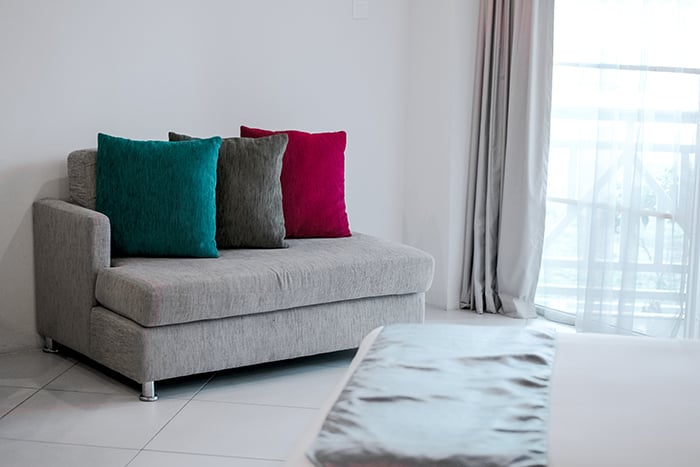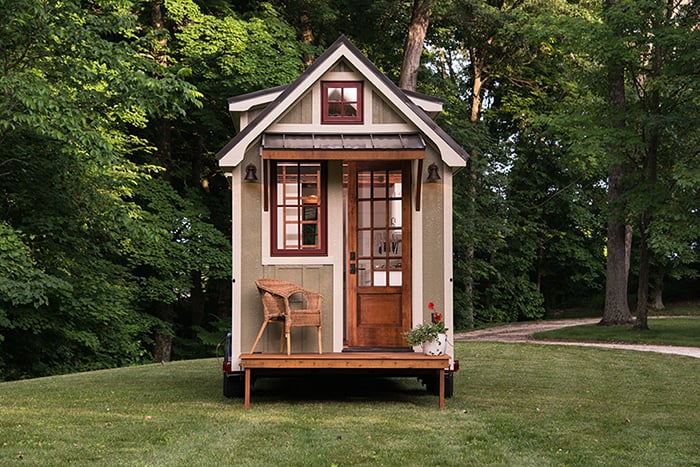
Less Is More: Eco-Friendly Trend Report #3
How minimalism and smart innovation are shaping sustainable lifestyles
An essential part of living sustainably is learning to do more with less. As environmental awareness continues to rise, more people are adopting a minimalist, mindful approach to their lifestyles—cutting down on waste and choosing products, homes, and technologies that are efficient, durable, and low-impact.
In this third edition of the Eco-Friendly Trend Report, we dive into the latest green trends across lifestyle, home, and technology—designed to support a simpler, more sustainable way of life.
Lifestyle Trends: The Rise of “New Minimalism”
Thinking green starts with rethinking what—and how—we consume. A growing number of people, particularly Millennials, are embracing the ethos of “buy less, buy better.” The idea is to reduce unnecessary consumption by investing in fewer, high-quality, and eco-responsible items.
Currently, over a third of shoppers are willing to pay more for environmentally friendly products—and this number is steadily rising. Consumers are shifting their attention towards ethical brands and sustainable materials, seeking a sense of purpose in their purchases. In doing so, they're aligning their values with their spending habits.

This new wave of mindful consumption has been coined “new minimalism”, a lifestyle that promotes:
-
Lowering consumption levels
-
Investing in longevity over trends
-
Supporting ethical brands
-
Decluttering to create calm, purposeful spaces
By choosing fewer, more intentional purchases, we help reduce manufacturing waste, landfill build-up, and carbon emissions from overproduction.
Home Trends: Tiny Homes & Net-Zero Living
Tiny homes are no longer a niche concept—they’re becoming a mainstream solution to overconsumption, rising housing costs, and environmental strain. Still trending in 2016 and beyond, tiny homes usually range between 100 and 400 square feet and cost significantly less than traditional houses.

Picture from HouseBeautiful.com
Tiny homes are often build on a trailer platform so they can be moved around. Besides helping you have a more adventurous lifestyle, tiny homes on average consume 87% less electricity than the average home consumes and emit 93% less CO2 than the average homes emits.
Often built using eco-friendly materials, these compact dwellings feature:
-
Solar panels
-
Rainwater harvesting systems
-
High-efficiency insulation
-
Minimalist interiors
Many are designed on trailer platforms, giving homeowners the freedom to relocate with ease. Not only are they mobile and stylish, but they also offer massive environmental benefits—on average, they use 87% less electricity and emit 93% less CO₂ than conventional homes.
Another major movement is net-zero building. This home design philosophy aims to balance energy consumption with energy production—using renewables like solar, and energy tech such as smart thermostats. As installation becomes more affordable, net-zero living is quickly gaining popularity across the UK and beyond.
Technology Trends: 3D-Printed Ecosystems
3D printing has already revolutionised manufacturing, and now it's making waves in sustainable food production. One exciting development is Edible Growth, a project by Dutch designer Chloe Rutzerveld. It introduces bite-sized, 3D-printed spheres filled with organic matter that grow into edible plants within a day or two.

Picture from Collectively.org
These tiny, round 3D printed ecospheres have layers of organic matter inside, and would sprout and be ready to eat in one or two days. Storage for these spheres would be minimal and harvesting them would be a lot less of a strain on the environment than traditional farming.
These “mini gardens” require little space, reduce food miles, and significantly lower the carbon footprint of traditional farming and food prep. Though still in development, the concept signals a future where we could 3D print parts of our meals at home—dramatically slashing food waste and packaging.
From urban design to smart kitchens, the scope for sustainable tech continues to expand—proving that innovation can go hand in hand with environmental stewardship.
Final Thoughts: When Less Means More
Compared to earlier trend reports, these innovations are for the more seasoned green warriors—those ready to commit to long-term, structural changes.
Ultimately, the “less is more” philosophy is more than a catchphrase—it's a lifestyle shift. And in the fight for a cleaner, healthier planet, even the smallest conscious decision can make a lasting difference.

